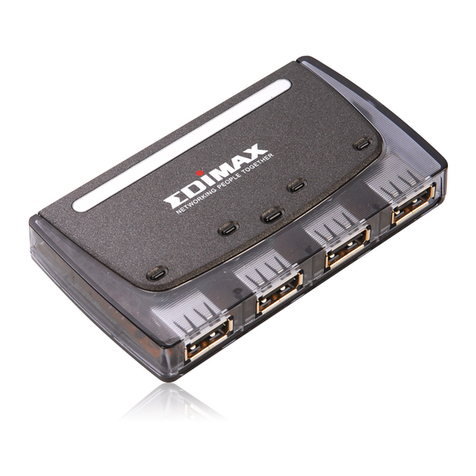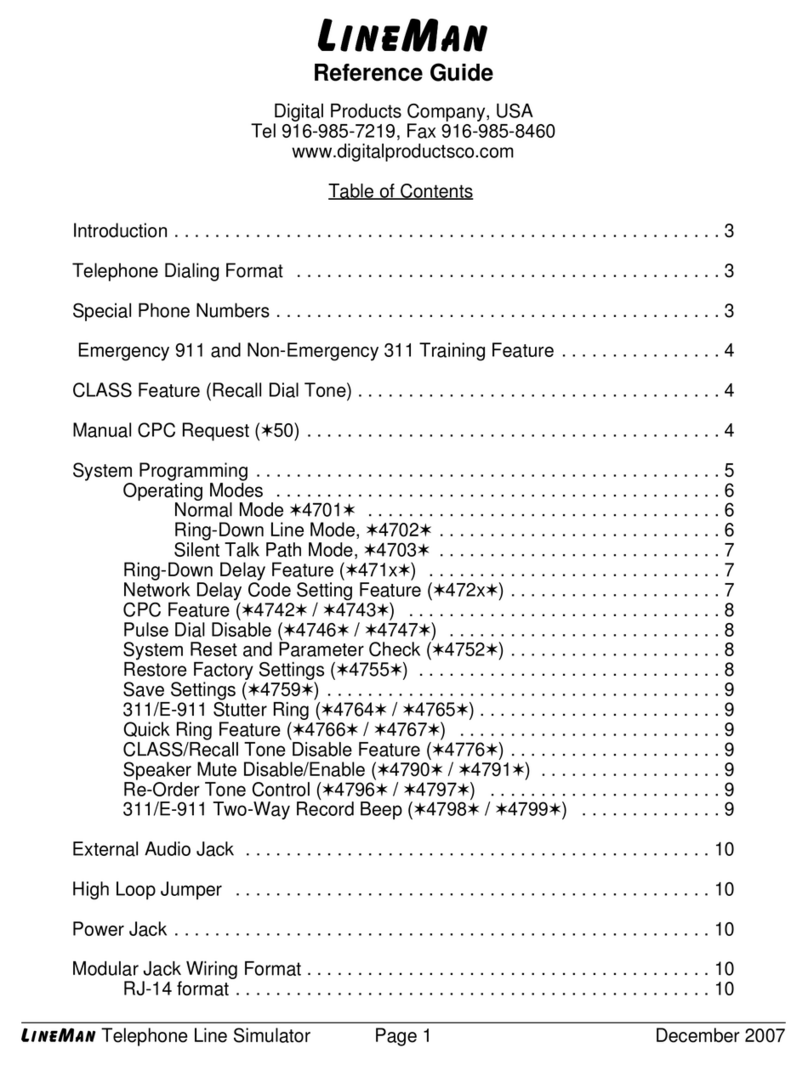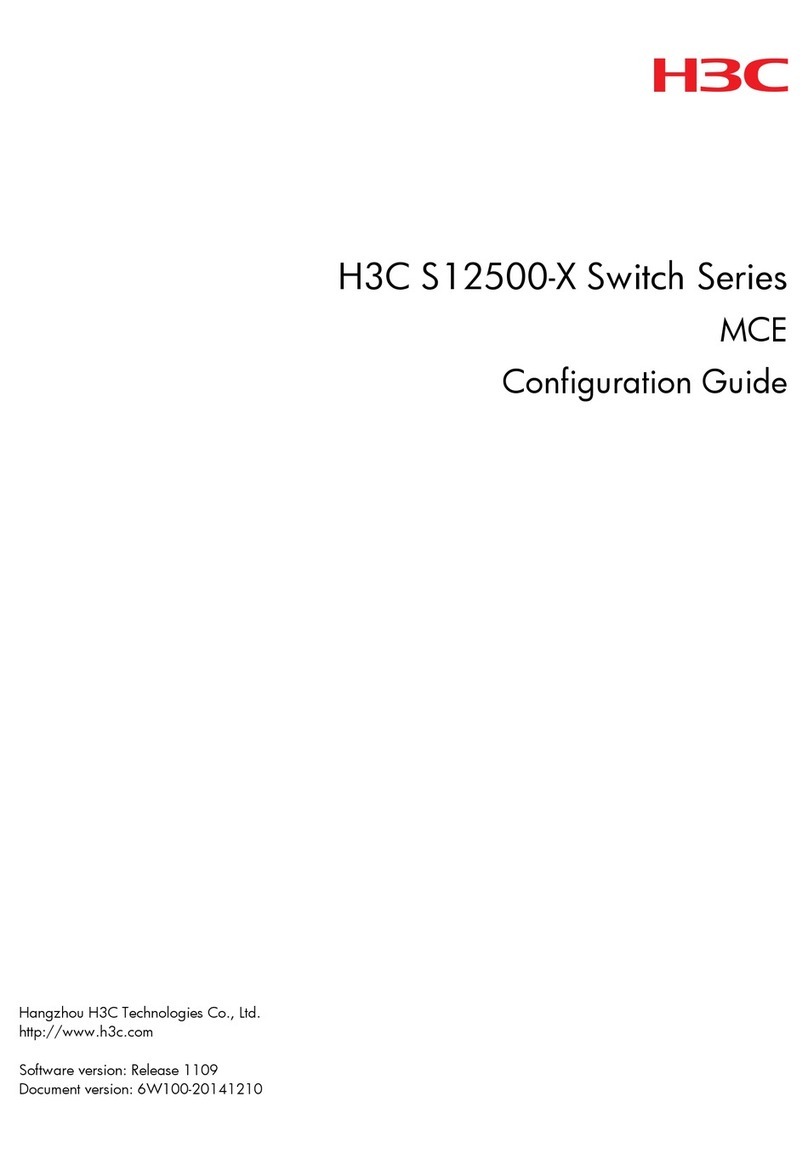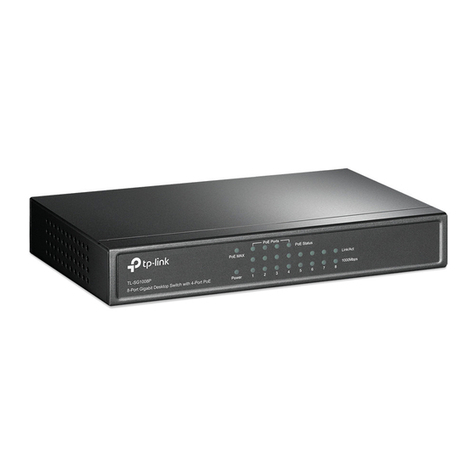Digital Products Party-line User manual

Party-Line Quick Reference Page 1 Nov 1998
@Qbdi<Y^U
™
Digital Products Company (USA)
http://www.digitalproductsco.com
Quick Reference Guide
Configuration Settings
PARTY-LINE can be configured to personalize its features for your application. Easy to install plug-in
“jumpers” are available to control the various system features. The features are changed by installing
or removing the “jumper blocks” that are provided.
You can access the jumpers by removing the two screws on the bottom of the enclosure (unplug
power first!), then slide the top cover off. Please see Table 1 for the various system features that are
controlled by the jumper settings.
TABLE 1, Configuration Settings
JUMPER INSTALLED REMOVED
J6 Call Block (Z67) = Off Call Block (Z67) = On
Recall Dial Tone = Off Recall Dial Tone = On
J7 Distinctive Ring = Off Distinctive Ring = On
J8 Number Delivery = On Number Delivery = On
Name Delivery = Off Name Delivery = On
J9 Caller-ID = Off Caller-ID = On
J10 CPC feature = On CPC feature = Off
All-Call Dial Feature
You can ring all the stations at the same time by using the special
All-Call
feature. To use it, just dial
“#0” from any available station. To prevent excessive ring current while ringing the six station jacks,
stations 1-3 and 4-6 are rung-up independently using an alternating pattern. The ring pattern still
follows the industry standard two second ring, four second silence cadence patterns.
General Dialing Instructions
To maintain a realistic dialing sequence, “local” seven digit phone numbers, such as 985-7219 are
used. In addition,“longdistance” eleven digit numbers are supported, such as 1-916-985-7219. Long
distance numbers are required whenever you begin with a “0” or “1” digit (your choice).
The six stations are numbered 1 through 6 and each responds to ten different
extension numbers
.
The extension numbers, which are always two digits long, are positioned as the last two digits of the
phone number. These numbers are important since it is their job to tell PARTY-LINE which station to
call and ringing pattern to use.

Party-Line Quick Reference Page 2 Nov 1998
For example, station one responds to extension numbers “10" through “19.” The first digit
corresponds to the station number, and the second number is used to set the ring pattern (see
distinctive ringing section).
So to call station #1, just use any familiar local or long distance number, but substitute the last two
digits with the 10 through 19 extension codes. Refer to Table 2 for the Extension Number
Assignments and Table 3 for the Ring Patterns.
TABLE 2, Extension Number Assignments
STATION NO.E
XTENSION NO.RANGE REMARKS
None 00 - 09 Always “busy”
1 10 - 19
2 20 - 29
3 30 - 39
4 40 - 49
5 50 - 59
6 60 - 69
None 70 - 99 Always “busy”
Quick Dial Feature
You can also dial the different stations by using just the two digit extension number. This
quick dial
method
is perfect for small office or home intercom applications, since less digits have to be dialed.
To use the quick dial method, just press the “ # ” digit, then follow with the two digit extension number.
For example, “ #50 ” will ring station five.
Dial Tone Silence Feature (# #)
When you take a phone off-hook you can immediately disable the dial tone just by dialing “# #.” This
feature can be used to remove the dial tone if two stations are merely taken off-hook and you want
to hold a conversation. Hanging up the phones will restore the dial tone operation.
Distinctive Ringing Feature
PARTY-LINE can ring your telephone using the industry standard two second ring and four second
silence cadence patterns. In addition, it can emulate the Distinctive Ringing feature, as offered by
some phone companies. With Distinctive Ringing, the ring pattern can be one of four different
patterns.
The Distinctive Ring feature used by PARTY-LINE is controlled by the two digit extension numbers. As
explained earlier, within the two digit code, the first digit is the station number and the second digit
selects the ring pattern. Refer to Table 3 for the extension numbers used to create the various rings.

Party-Line Quick Reference Page 3 Nov 1998
You should also consult Table 1 for the Distinctive Ring configuration settings.
TABLE 3, Distinctive Ring Patterns
EXTENSION CODE EXAMPLE RING PATTERN REMARKS
10, 14-19 Normal Station 1, Normal Ring
11 Long-Long Station 1, Type 1 Ring
12 Short-Short-Long Station 1, Type 2 Ring
13 Short-Long-Short Station 1, Type 3 Ring
. . . . . . . . .
60, 64-69 Normal Station 6, Normal Ring
61 Long-Long Station 6, Type 1 Ring
62 Short-Short-Long Station 6, Type 2 Ring
63 Short-Long-Short Station 6, Type 3 Ring
Caller-ID Feature
PARTY-LINE supports the
number only
and the
name and number
caller-id signaling methods. You
can choose which method is used through the J8 and J9 configuration jumpers.
If you are using the name and number delivery mode, the name shown is one of six pre-stored names
and is dependant on which station made the call. The name is only shown if you dial standard phone
numbers that have seven digits or any eleven digit number that begins with “0” or “1”. See Table 4
for the six names that are used when calls are from the corresponding station.
TABLE 4, Caller-ID Messages
STATION NAME OR MESSAGE SENT
1 “YOUR NAME HERE”
2 “MOTHER IN LAW”
3 “JOHN SMITH JR.”
4 “ROSIE PORTER”
5 “ACME COMPUTERS”
6 “ABBY THOMPSON”
If you use the special two digit Quick Dial mode, the names shown in Table 4 are not used. Instead,
they are substituted with “STATION x” where x is a number from 1-6 that represents the station
number that placed the call. This message format is perfect for use in the Personal Intercom
application to announce the caller's location.
Caller-ID Time Set (# Z) Feature
The Caller-ID feature requires time-of-day information for marking incoming call time. A standard

Party-Line Quick Reference Page 4 Nov 1998
telephone is used to set the clock from any of the six stations. In brief, the time set entry format is as
follows: # ZMM DD hh mm Z
To change the time, follow these instructions:
Step Description Legal values
(1) Enter Time Set command (# Z), “ # Z”
(2) Enter the Month (MM), “ 01 ” to “ 12 ”
(3) Enter the Day (DD), “ 01 ” to “ 31 ”
(4) Enter the Hour (hh), “ 00 ” to “ 23 ”
(5) Enter the Minutes (mm), “ 00 ” to “ 59 ”
(6) Enter the Exit command (Z), “ Z”
If you have successfully entered the time, you will receive standard dial tone after entering the exit
command digit. Incorrect time settings will result in a busy signal. The date information is not updated
automatically; you must manually set the date after midnight.
Special Dialing Modes
Whenever you begin a new dial sequence with “Z”, followed by two digits (00-99), you will hear three
short beeps followed by dial tone. This tone sequence is called
Recall Dial Tone
and is similar to the
beeps heard on some phone systems during special dialing modes. PARTY-LINE has reserved Z67,
Z61, and Z60 for special operational modes (the remaining codes are unused). The Recall Dial Tone
feature can be disabled using jumper J6 (see Table 1).
Caller-ID Call Block (
Z
67) Dial Feature
If you dial “
Z
67” before your local or long distance number, the “Number Blocked” or “Private” message
will appear on your Caller-ID display box. As with the phone company feature, the
Z
67 code must be
repeated for each call, and can be canceled by hanging up and re-dialing the number. It can be
disabled using jumper J6 (see Table 1).
Out-of-Area (
Z
61) Feature
If you dial “
Z
61” before your local or long distance number, the “Out-of-Area,” “Number Unknown,” or
related message, will appear on your Caller-ID display box. This code must be repeated for each call,
and can be canceled by hanging up and re-dialing the number. The Out-of-Area command (
Z
61) is not
a standard telephone company provided feature and is unique to PARTY-LINE. It can be disabled using
jumper J6 (see Table 1).
Caller-ID Corrupt Checksum (
Z
60) Feature
PARTY-LINE offers a special feature that allows you to simulate Caller-ID broadcast errors. This feature
is perfect for use by hardware and software developers so that they can test their Caller-ID based
products under simulated noisy line conditions. To use the
corrupt checksum
feature, dial “
Z
60” before
your local or long distance number (this code must be repeated for each call). Your display box will
show an error message or will remain blank.
J10 CPC Jumper
Whenever a telephone (or phone device) is hung up, a momentary interruption of the phone line
current occurs to simulate the central office’s
Calling Party Control
(CPC) feature. You can turn the
CPC feature On or Off by the J10 jumper setting. It can be disabled using jumper J10 (see Table 1).
We recommend that you leave the jumper installed (CPC on).
Other Digital Products Switch manuals
Popular Switch manuals by other brands

Comnet
Comnet CNGE4TX4US/M Installation and operation manual

Edimax
Edimax EU-HB4S Specification sheet

HP
HP StorageWorks 8/24 - SAN Switch Hardware reference manual

SMC Networks
SMC Networks 6924MT installation guide

Agilent Technologies
Agilent Technologies 8710 Series Operating and service manual

Hitachi
Hitachi Compute Blade 500 Series installation guide














